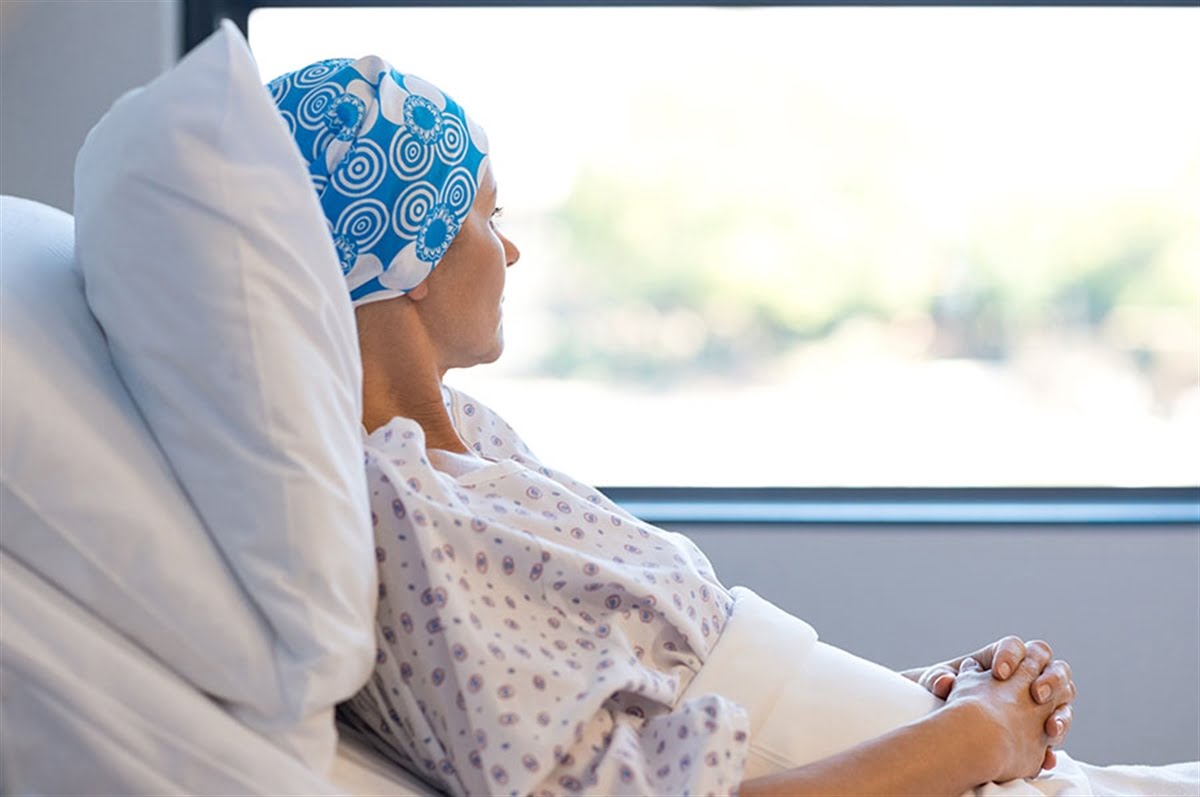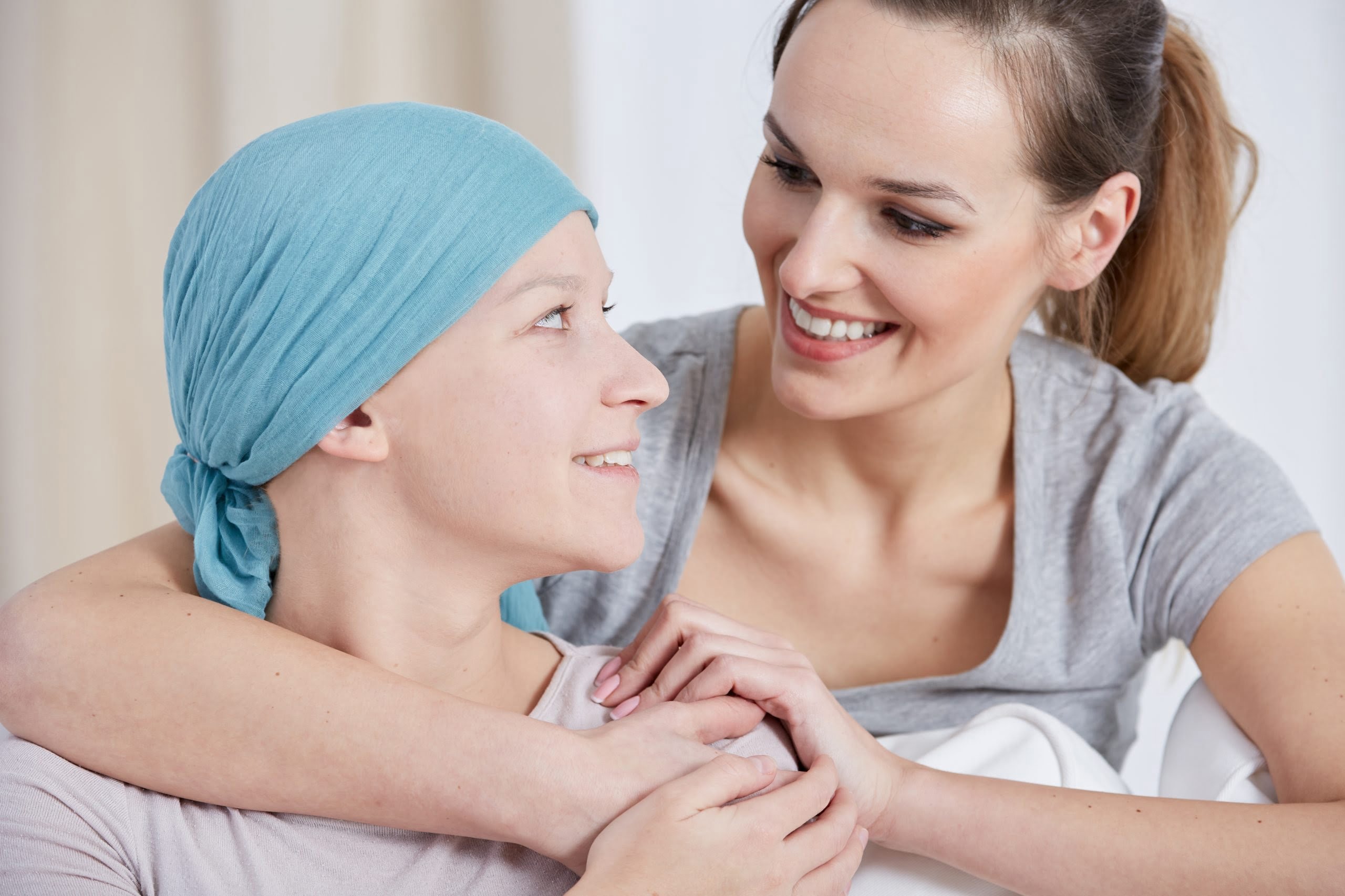Skin care routines to be applied before and after chemotherapy
Chemotherapy is a common treatment procedure for cancer. It has many potential benefits when it comes to effectively treating cancer, but it also tends to cause side effects. Among other possible side effects, chemotherapy can cause changes in the texture, color or health of your skin. You can take steps to manage the skin-related side effects of chemotherapy, including steps that minimize discomfort.

How can you protect your skin during chemotherapy?
Chemotherapy can affect your skin in a variety of ways. For example, your skin may be dry, rough, itchy, and red during chemotherapy. You may also experience peeling, cracks, sores or redness. Chemo can increase the risk of sunburn by making your skin more sensitive to sunlight.
To help protect and alleviate skin-related side effects from chemotherapy:
– Ask your doctor or nurse if there are reasonable types of binding art you should use. In general, it’s best to choose light fragrance-free products, such as dry skin soaps.
– Avoid perfume, cologne, aftershave, and other alcohol-based products. Your doctor or nurse may also recommend that you avoid any type of antiperspirant or deodorant.
– Take short showers or baths in cold or lukewarm water instead of hot water. When you’re finished, gently pat your skin dry with a soft, clean towel.
– After you finish your shower or bath, apply an unscented moisturizing lotion, mineral oil or baby oil to your skin while it is still damp.
– If your skin is sore or irritated, consider shaving less or not at all. If you’re shaving, use an electric shaver, which is often a gentler option.
– Wear loose-fitting clothing as it is less likely to rub against your skin and cause irritation. Wash clothes with a mild, dye-free and fragrance-free detergent.
– Protect your skin from sunlight by using sunscreen and lip balm with SPF 30 or higher, a wide-brimmed hat, and long sleeved clothing. Try to limit the time you spend outside when the sun is at its heaviest, and avoid tanning beds.
– Drink 2 to 3 liters of water or other fluids every day, unless your doctor or nurse advises you to limit your fluid intake.
In some cases, your doctor or nurse may prescribe medications to treat skin symptoms. For example, they may prescribe medicated creams or ointments, oral corticosteroids or antibiotics, or other treatments. If open sores occur on your skin, clean them carefully with mild soap and water. Cover them with a clean bandage. Check them systematically for signs of infection such as redness, swelling, drainage, or pus. If you suspect you have developed an infection or are experiencing an allergic reaction, contact your doctor or nurse immediately. In some cases, infections and allergic responses can be significant and even life-threatening.

How can you look and feel like yourself?
The skin-related side effects of chemotherapy tend to be discontinuous. However, they can be a source of fuss. If you don’t look or feel like yourself, this can make your overall treatment more tense. In some cases, applying makeup can help you feel more confident or comfortable about your appearance during chemotherapy.
For example, it can help:
– Apply a silicone-based makeup primer to your face to even out your skin’s texture or tone.
– Apply a creamy concealer to the red or dark areas of your face. Applying a color correcting cream, mineral makeup powder or foundation can also help.
– Apply blush on your cheeks to give a glow to your face, blend real top real on your ear buds.
– Use tinted lip balm or moisturizing lipstick to give your lips more color.
– If you have lost your eyelashes or eyebrows, you can also use a soft eyeliner, eyebrow pencil and eyebrow powder to create an eyelash and eyebrow effect.
– If your skin structure, tone or sensitivity has changed during the treatment, you may need to use different products from the ones you usually reach.
– Purchase new make-up items to use during and after treatment to limit the risk of infection.
– Change your makeup regularly and wash your hands thoroughly before applying.

How does chemotherapy affect the skin and what should I pay attention to?
Some skin side effects of chemotherapy are more common than others. For example, it is very common for chemotherapy to cause skin dryness, redness, and sun sensitivity. Some side effects are less common, but more severe. If you’ve had radiation therapy, chemotherapy can trigger a skin response known as a radiation recall. In this response, a sunburn-like rash develops on areas of the body that have been treated with radiation.
Symptoms include:
– redness
– swelling
– pain or tenderness
– blisters or wet sores
– skin peeling
In rare cases, chemotherapy can trigger an allergic response. This can cause symptoms in one or more parts of your body, including your skin. For example, possible signs and symptoms of an allergic response include sudden or severe itching, hives, or a rash.

Footnote
If you develop skin-related side effects from chemotherapy, talk to your doctor or nurse. They can prescribe medications to help treat symptoms. You can help protect and soothe your skin by using gentle, fragrance-free products such as moisturizers, dry skin soaps, and laundry detergents for sensitive skin. Adjusting your hygiene or makeup routine can also help you feel better about how you look during treatment.

